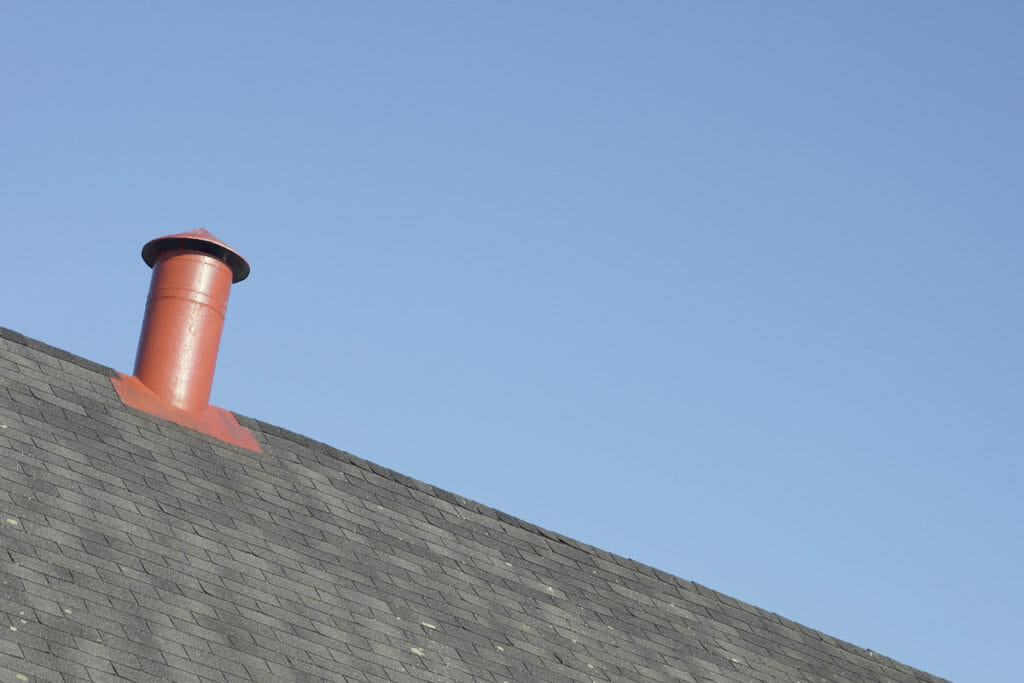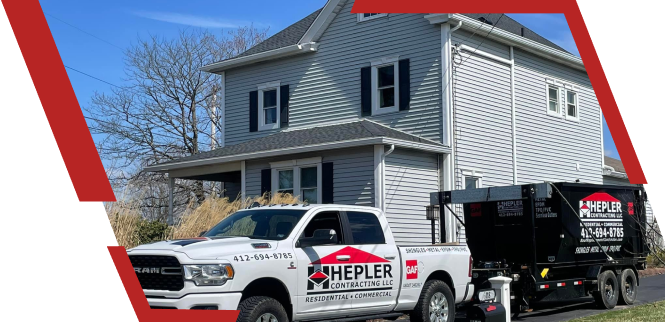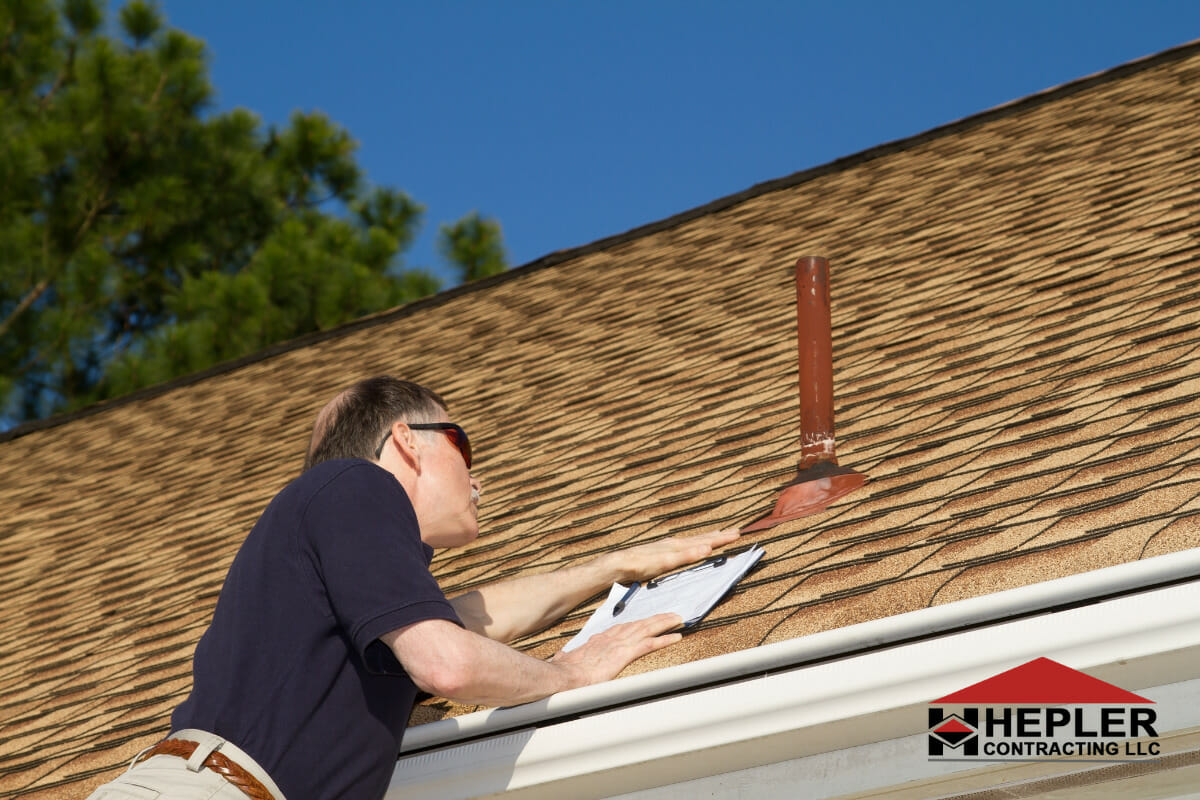Whether you should cover your roof vent or not is a debatable issue. Some claim that leaving your roof vent pipe open can cause water to leak in, and debris to pile up. On the other hand, some believe if you cover your roof vent pipe, then the heat and moisture in your attic will be trapped, causing mold to grow and shingles to become deformed.
For some homeowners, the solution to this dilemma is hard to come by, but no worries, we are here to help you! After reading this blog, you’ll be able to decide whether you should cover your roof vent pipe, or not. Keep reading till the end as we have covered all the information, and addressed common doubts so that you can make the best decision possible for your home.
Understanding Roof Vent Pipes
Before we proceed to a solution to the question, we must understand what a roof vent pipe is.
If you have ever glanced at a roof, you might have seen a vertical pipe emerging from a circular hole near the peak of the roof. This is the roof vent pipe that breaks the air vacuum within a plumbing system. It vents air into the drainage system of your home and provides a route for sewer gas to escape while maintaining the air pressure of your plumbing system.
Homeowners commonly confuse roof vent pipes with roof ventilation, and though both systems provide a form of ventilation and aim to cool your home, there is one big difference. Roof vent pipes work with your water drainage system to maintain pressure and keep water flowing through your plumbing system.
The other end of the roof vent pipe opens up near your kitchen or washroom inside the home. You can locate them on your roof and identify if they’re clogged by listening for a gurgling sound when flushing the toilet.
Functions Of A Roof Vent Pipe
From ancient times to the modern day, people have incorporated plumbing systems that carry water and waste throughout their homes. The plumbing system carries the water throughout your home and takes the wastewater out to the drains.
The roof vent pipe adjoins the water-drainage pipes to maintain the pressure balance. If you have not incorporated vent pipes, sewage waste may become clogged on the transport out of your home, and the sewer gas may flow back into your home. This causes a pungent smell, almost like ammonia, that causes your home interior to smell. Noxious odor then circulates throughout the home, which may cause you, or your family members, to have trouble breathing.
The function of a roof vent pipe is to dilute the concentrated air with clean air and allow the passage of sewer gas and waste out to the sewer system itself.
What Is A Roof Vent Pipe Cap?
Generally, a roof vent pipe cover comes in the form of a cap. They are made of rubber to seal the roof opening where the roof vent pipe opens into the air. It helps prevent debris from getting into the drainage system and changing the air pressure needed to effectively carry waste to your sewer.
The essential reason to cover a roof vent pipe is to restrict a compilation of dirt, debris, and sediments from clogging the pipe. Furthermore, the roof vent pipe cap increases the pipe’s durability and longevity.

Should You Cover A Roof Vent Pipe?
Now that you understand the function of a roof vent pipe and cover, you must now decide if you want to cover the roof vent pipe on your roof.
Covering your roof vent pipe will prevent debris from accumulating in the drainage system, but it does have its drawbacks. The cover may prevent adequate airflow throughout the drainage system, which will affect the water pressure and could potentially cause wastewater to backflow.
Another drawback depends on the materials you choose for your roof vent pipe cap. A standard metal roof vent pipe covered with a rubber cap may cause rust stains down the sides of the pipe as the PVC material in the cover combines with the sewer gas and compounds in the metal pipe. A metal vent cap may clog your pipe with ice in the winter as well, due to the moist air not being able to escape. Overall, we recommend making sure the materials you choose work well together.
However, you should cover the area around the roof vent pipe where they enter the roof, with what is known as a roof boot, which comes in the form of rubber. On leaving these gaps open, they may allow rainwater to leak through, and debris to enter your home
What If You Have Not Covered A Roof Vent Pipe?
You might have noticed the following effects if you have left any area of your roof vent pipe uncovered.
Water Leakage
In regions where rain and snowfall are frequent, water leakage through roofs and pipes is a serious problem that homeowners face. The frequent rain and snow on your roof can cause it to become damaged. Along with water leaking through many areas on the roof, the added water that gets into your roof vent pipe may also reach the plumbing system and disturb the wastewater flow.
Reduce Durability
Roof vent pipes are not only exposed to the sun, but also to thunderstorms, rain, snow, and more. Therefore, they are more likely to get damaged before their age. However, to increase their durability by up to 20 years, you may cap the roof pipe vent.
Amplify Noise
Uncovered roof vent pipes amplify the sound of air passing through them. The blowing air generates a knocking sound that vibrates along the pipe in waves. Flutter waves superimpose each other and amplify the air sound passing along. The amplified noise can become loud enough to keep you awake.
How To Clean Your Roof Vent Pipe
To ensure you have no problems with excess moisture or mold, you need to maintain the roof vent pipe in your attic. Examine your roof vent pipe first to ensure they are working correctly. If your roof vent pipe is generating disturbing sounds, allowing the water to leak through, and gathering debris, these are clear indications that your roof vent pipe is in poor condition.
To stop this from happening, you must clean your roof vent pipe in the following ways:
-
Remove The Debris
The gathered dust and accumulated debris pile together to block the vent pipes. When this occurs the air pressure within the pipe is imbalanced, concentrating an obnoxious odor in your home, and backing up wastewater. Use a drain snake to clear this blockage.
-
Use A Hydro Jetter
A hydro jetter or sewer jetter is a specialized tool to expel the gathered dust and debris within the pipe. It comes with a nozzle at the top to direct water into the pipe. The pressure water removes the rot and corrosion formed in the vent pipes. Repeat the process one or two times to clean out the pipe completely.
Final Thoughts
Now that you understand the problems and solutions associated with roof vent pipes, It should be easier for you to decide whether you want to cap your roof vent pipe, or not. Because covering and cleaning a roof vent pipe is a complex task that only a skilled professional can handle, you must call a roofing contractor you can trust.
If you have identified that your vent roof pipe is functioning poorly, call the team at Hepler Contracting LLC today. For years we have been assisting homeowners like you, deal with their vent roof pipes and roofing needs. We are proud to serve the community of Pittsburgh with our services, which include, roof inspection, roof replacement, and roof repair after storm damage.
Further delay in cleaning your vent pipes may cause additional trouble. To prevent this, call us today at (412) 206-5614.


